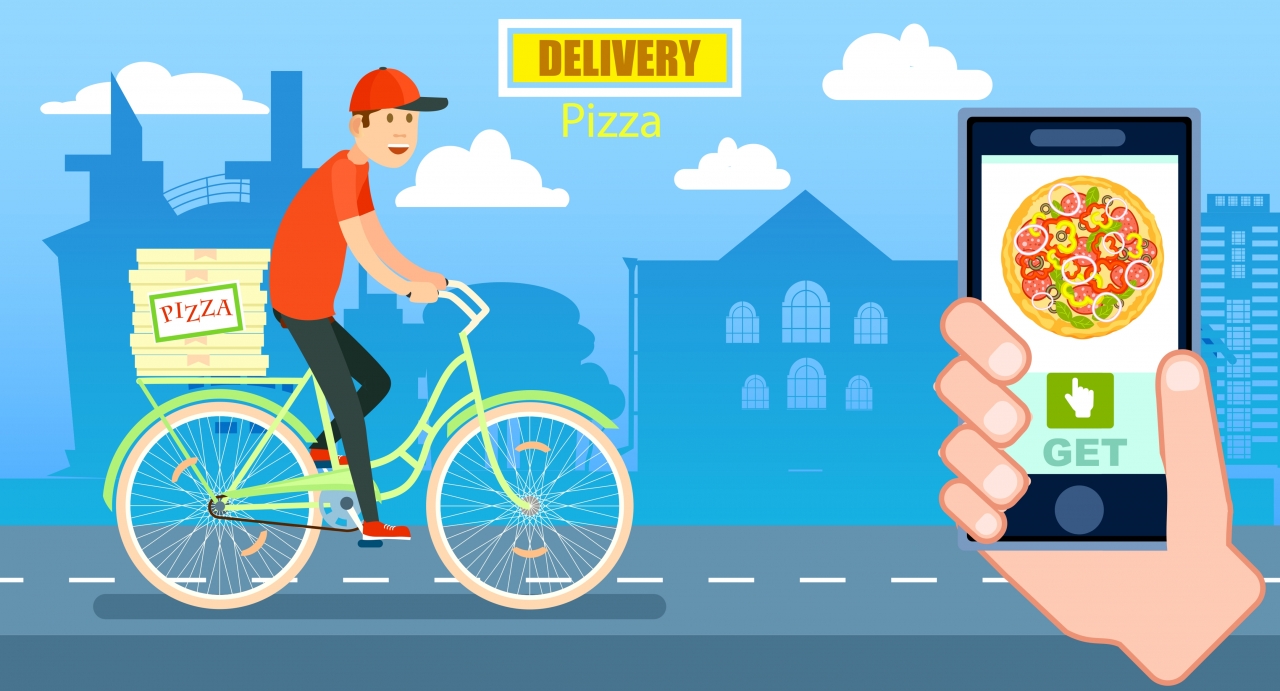Why Basic Personalization Is Not Enough
- Updated on: 2023-02-15
- Read original article here

Already personalizing first names in the messages you send? There’s a lot more you can—and should—do to tailor your brand experience to individual users.
To learn about data-driven personalization strategies you can use to take your customer campaigns to the next level, check out these best practices and insights from Gopi Pandya, Channel Manager, Mobile, Customer Retention & Engagement at Pizza Hut, and Margaret Gorin, Head of Business Value Advisory at Amperity, who spoke on this timely topic at FORGE 2022, our annual customer engagement conference.
“We often take personalization as, ‘Let’s add ‘first name’ to emails,’ and yes that works,” explains Gopi. “But there is so much more to the journey of personalization that’s not just about showing customers what data you gather from them but more of making them feel that you understand their needs.”
“Consumers definitely gravitate towards the brands that recognize them as individuals,” says Gopi. “To build a loyal customer base, brands need to not only provide value in their products and programs, but connect with customers at every touchpoint to make them feel that you recognize them as valuable customers.”
“Tailored messaging can help retain valuable customers and keep them coming back to the business,” Gopi explains. “Personalization has become a brand differentiator.”
In her own life as a customer, she found a retail brand that she had once been a loyal customer of missed the mark when it came to tailoring their customer experience for her at the beginning of the pandemic—Gopi’s expectations as a consumer had changed, but the brand didn’t shift their strategy.
Go beyond simple name-based personalization by paying attention to the kinds of products your customers want to buy and what kinds of offers they engage with, as well as keeping track of their NPS scores, their customer experience data, and customer service data, says Margaret. “If you’re missing some of those, you might be missing opportunities to drive incremental purchases and drive higher order value.”
For instance, if you’re only personalizing the customer experience based on a customer’s email marketing engagement activity, then you’d be missing opportunities to personalize their experience based on their eCommerce or in-person engagement, resulting in a less relevant experience.
Pay attention to key moments in the customer journey, such as during high levels of engagement or when signs of churn first appear, and adapt your strategy accordingly. These high-important moments can have a disproportionate impact on the relationship that customer has with your brand and providing relevant, valuable experiences at the right time can have a significant positive impact.
Brands often start with email marketing as a first point of interaction with customers, which makes sense due to the ubiquity and popularity of this channel. But because the list of channels that customers use to engage with companies is growing, it’s more important than ever to adopt a cross-channel customer engagement approach, and use tools like Braze Intelligent Channel to meet customers where they are and where they want you to be.
From what consumers buy and how much they spend on each purchase to when and where they buy products and services, most customer behavior can be analyzed and distilled into a handful of distinct clusters or customer types.
“Think of it like persona-based marketing, but a data-first approach where we let AI tell us what our personas are rather than the old qualitative approach brands used in the 90s,” says Margaret.
Pizza Hut has used this line of thinking to create and test a machine learning algorithm that takes the brand’s existing first-party data and uses predictive intelligence to create more personalized communications across the company’s owned channels.
When brands have incomplete or inaccurate data, that makes it easier to commit what Margaret calls “serious personalization fails”—messaging and marketing mishaps that could potentially be embarrassing, and that could negatively impact the customer experience.
There’s so much that can be done with personalization today—and so many different tools and tactics you can use to positively impact the messages you send and the experience you provide to your customers. Looking to take your personalization to the next level? Get a copy of The Power of Personalization to find out what leading brands are doing to personalize customer experiences and deliver business results.



